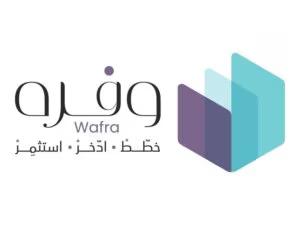According to S&P Global Ratings, corporate lending will be at the center of the development of the Saudi banking segment and is estimated to contribute 55 to 60 percent of the banks’ loan books.
The total credit to the private corporate sector expanded 60 percent over 2020-2024, and credit to listed Saudi companies expanded 10-12 percent, led by utilities, real estate, healthcare, and transportation (excluding Saudi oil giant Aramco), stated S&P in its report titled “Saudi Banks: Risks From Rising Corporate Debt Remain Contained.”
Although there is an increase in corporate debt and the probability of extreme funding demands in the lead-up to 2030, S&P Global Ratings anticipates that companies of Saudi banks will stay within corporate credit risk due to moderate enhancement of corporate leverage.
The credit that Saudi banks have given the corporate sector has increased to SAR1.6 trillion between the year 2021 and 2024, compared to approximately SAR1 trillion.
The report claimed that the total banking credit in the kingdom increased to SAR3 trillion as compared to about SAR2 trillion.
Besides domestic bank financing, accumulation of external debt increased further, not just in the case of banks and the sovereign, but also in the case of the corporate sector, and significant rise in debt securities issuance.
It has been reported that, meanwhile, the industry is still dominated by the Saudi sovereign wealth fund Public Investment Fund (PIF) and the Saudi Arabian Oil Co. (Aramco).
S&P indicated that it predicts that the debt capital markets will increasingly become a source of funds in the kingdom. The total gross debt listed Saudi companies decreased 15 percent between 2020 and 2024.
But the majority of this fall was caused by a 55 billion-60 billion debt repayment by Aramco and a decrease in debt within the materials segment by Saudi Arabian Mining Co. and Saudi Basic Industries Corp. (Sabic).
Excluding Aramco, the data implies approximately 10-12 percent growth in total debt within the period, where the growth is witnessed the sectors such as utilities, real estate investment trust, healthcare, and transportation sectors.
S&P indicates that the average proportion of short-term debt to total debt was generally stable within all sectors, at approximately 35-36 percent in 2020-2024, though it varies widely by sector.
High working capital requirements are in more industries, like consumer durables and apparel, pharmaceuticals, and capital goods, which are more dependent on short-term funding and can incur refinancing risks when performance deteriorates.
The short-term corporate debt of listed corporates increased by 25-27 percent as compared to the 10-12 percent rise in total corporate debt.
S&P in its review said that at the system level, short-term credit as a percentage of total loans fell to 36 percent in 2024 compared to 39 percent in 2020, representing a decline of 66 percent in 2000, largely because of the rapid growth in long-term mortgages.
The total debt to EBITDA of listed Saudi companies increased over 2020-2024, which is contrary to the trend of the increase in borrowings. TradeArabia News Service added that it was through a robust growth in profits over the period.






